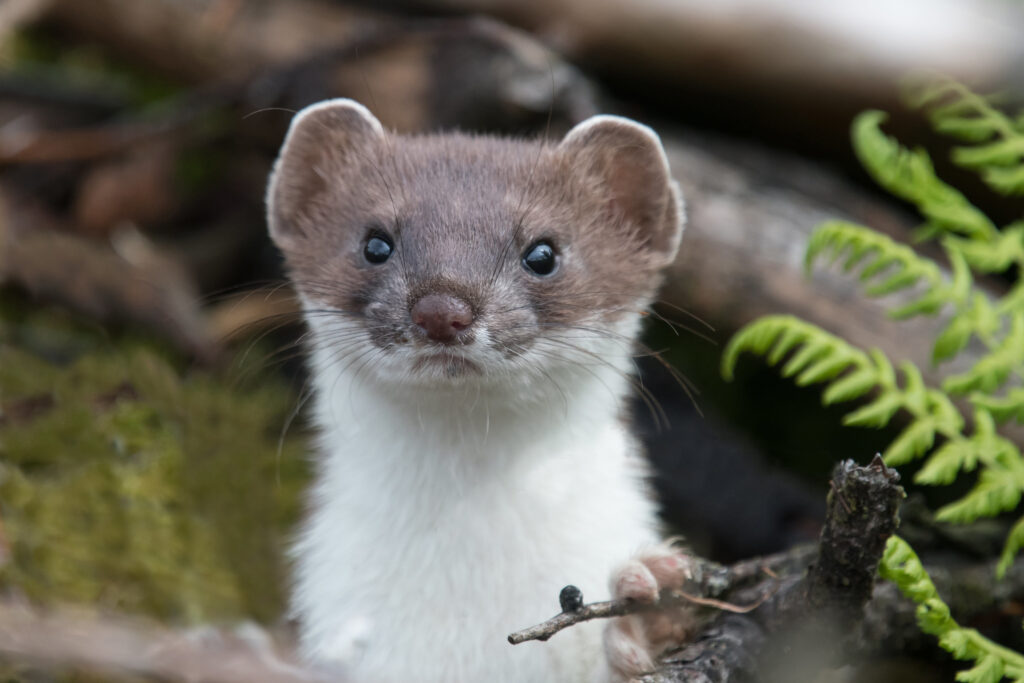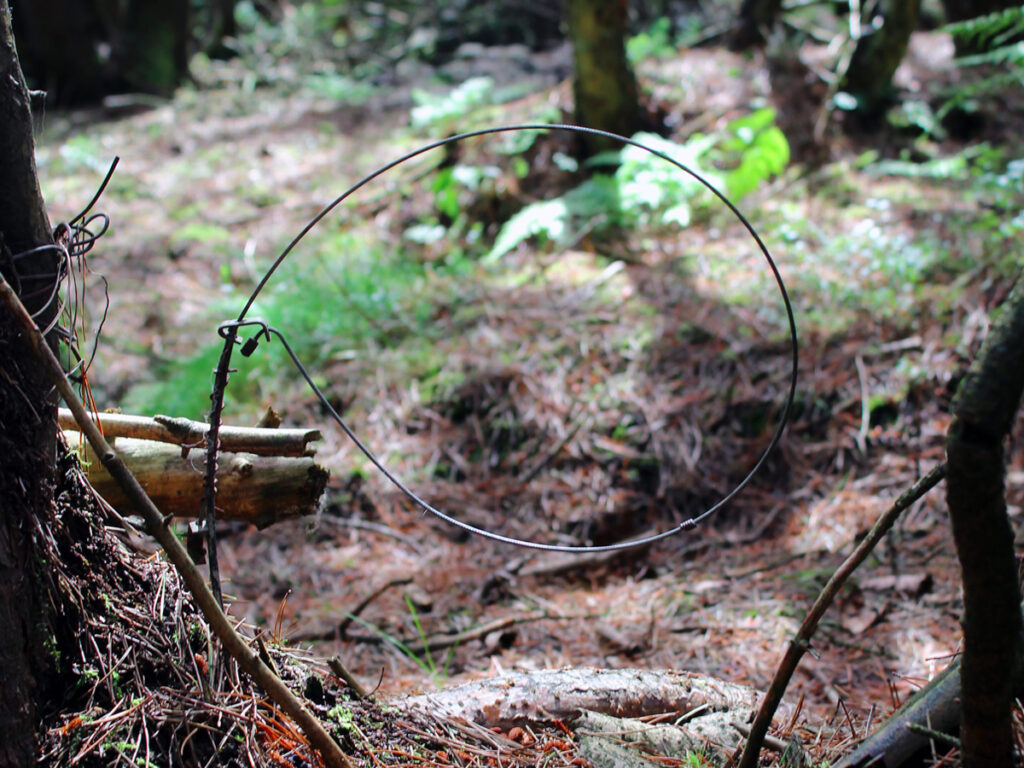The killing of wildlife on grouse moors is a relentless, year-round campaign, carried out to ensure high stocks of red grouse are available for sports shooting. The number of animals killed is unknown, as there is no statutory requirement for reporting, but one thing is certain: the use of traps and snares is widespread on grouse moors across the UK, killing, maiming and wounding wildlife.
Mammal traps

Spring traps brutally crush and kill stoats and weasels, sometimes subjecting them to a prolonged and agonising death. Shockingly, there are no official records on the number of these traps set on grouse moors. However, one evidence report revealed that a single grouse moor operated around 2,000 spring traps. With approximately 310 grouse moors in the UK, the widespread use of these traps across the uplands is evident and concerning.
This trapping method poses a real threat to mammal populations in the uplands. Startlingly, a study by the Mammal Society found that weasel numbers have plummeted by half in the last 50 years, putting this species at risk of extinction. It is crucial to address this issue and strengthen protections against traps to safeguard our valuable wildlife.
While the Spring Traps Approval (England) Order 2019 establishes technical and welfare standards for spring traps, including requirements for checks and measures to prevent non-target animals from getting caught, there is a lack of consistent monitoring and enforcement. Even with these precautions in place, incidents of legally-set spring traps causing harm to vulnerable upland bird species and hedgehogs continue to occur.
Fox snares

Snares are another type of trap often used for targeting mammalian predators on grouse moors. Unlike spring traps, which are designed to kill a captured mammal, snares are anchored loops of wire cable designed to catch foxes around the neck and restrain them until the operator comes to kill them.
There are numerous animal welfare concerns associated with snares, even when set correctly and within the confines of the law. Panicked and desperate, captured animals suffer prolonged agony when trying to free themselves. Field trials performed into the humaneness of snares on behalf of the Department for Environment, Food & Rural Affairs show that they cause prolonged suffering and injuries to captured animals, including breathing difficulties, bruising, wounding and even death. Moreover, snares are inherently indiscriminate in the animals they catch, with a range of studies finding that an average of around 70% of animals caught in snares were non-target species, including badgers, hares, deer and even people’s pet dogs and cats.
Wild bird traps
A range of live catch bird traps, like Larsen and ladder traps, are deployed on grouse moors to target crows, magpies and other wild birds. These traps often employ a ‘call bird’ held inside a cage to entice other birds, who are then confined until the operator arrives to kill them. Grimly, it is typical practice for birds caught in traps to be killed by having their necks broken or having their heads smashed against the corner of the trap.
Whilst the Animal Welfare Act 2006 requires that bird traps contain water, food and shelter for captured animals, there are numerous animal welfare concerns associated with Larsen and ladder traps, even when set properly and legally. The effects of bird traps on animal welfare are well documented with concerns raised about the stress and suffering caused to trapped birds, the potential for injury or death during capture or escape attempts, and the lack of proper monitoring or regulation of trap use.
Eminent experts, such as Professor Nicola Clayton from the University of Cambridge, have recognised that bird traps are detrimental to wild animal welfare: “Corvids (members of the crow family that include rooks, ravens, magpies, jackdaws, choughs and crows) are the most highly intelligent of birds, with cognitive capacities on a par with the non-human great apes and brains, relative to body size, that are just as big. The Larsen trap represses their most vital instincts, their curiosity and playfulness. It lays them open to great stress and fear from potential predators. It is inhumane and should not be allowed.”
The unchecked nature of lethal bird control on grouse moors is alarming. Shooting estates are not required to provide official records of the number of traps or birds caught and killed. However, one grouse moor alone reported the killing of an astounding 1,000 birds (194 rooks and 706 jackdaws) in just over a month (between 21 July – 25 August 2016). With approximately 310 grouse moors in the UK, the extensive use of bird traps across the uplands is undeniable.
To some extent Larsen and ladder traps are indiscriminate in the birds they catch. Evidence suggests that non-target species, including protected birds of prey like buzzards, goshawks, owls and sparrowhawks, can become victims. Despite general licences stipulating the release of non-target species unharmed, instances of wildlife crime which have involved the misuse of Larsen and ladder traps on grouse moors have come to light.